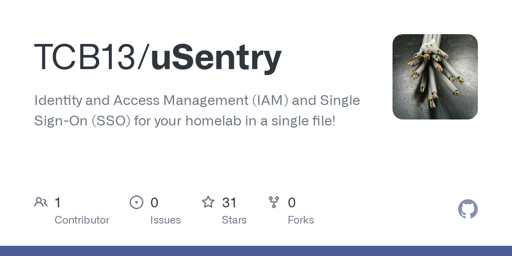

Sure, can they consider stopping wasting money / time actually develop useful stuff? For a DE that got €1M from the Sovereign Tech Fund they’re not showing results.
Okay fine, desktop icons can be a design decision, however a “disable animations” toggle on the settings that doesn’t disable ALL animations… that’s just poorly made software, not something you may have an opinion on.
















Even that command wont really disable ALL animations.